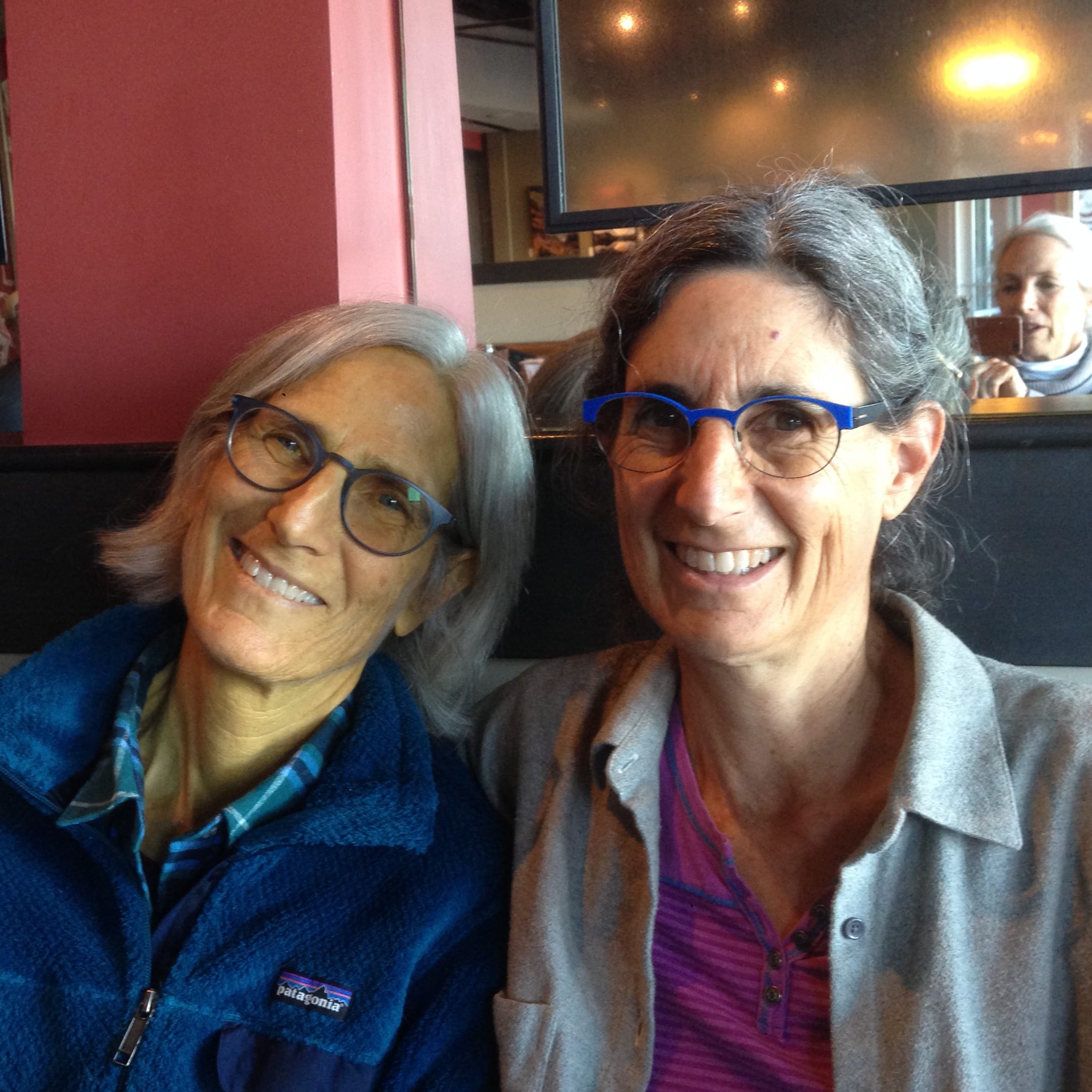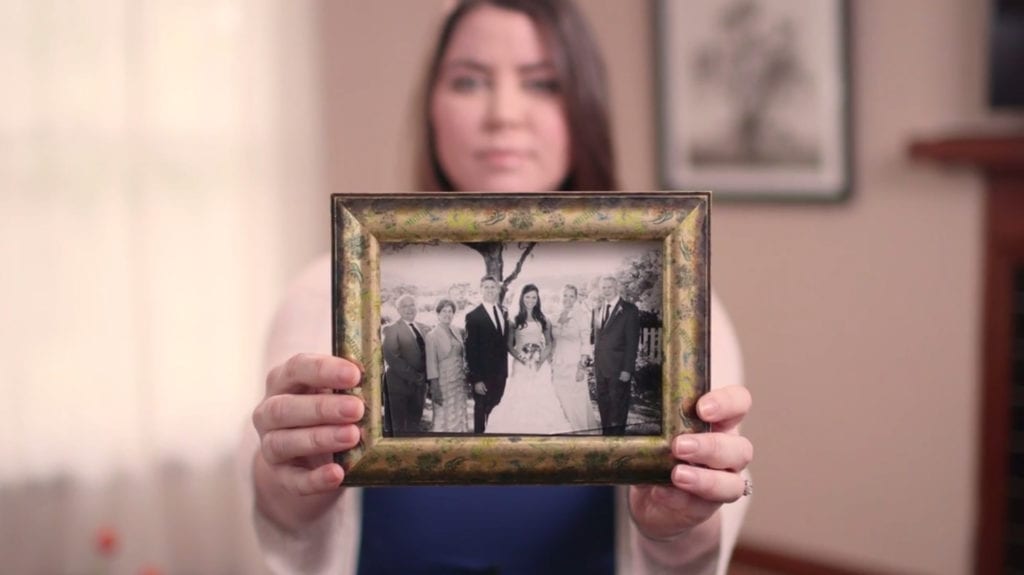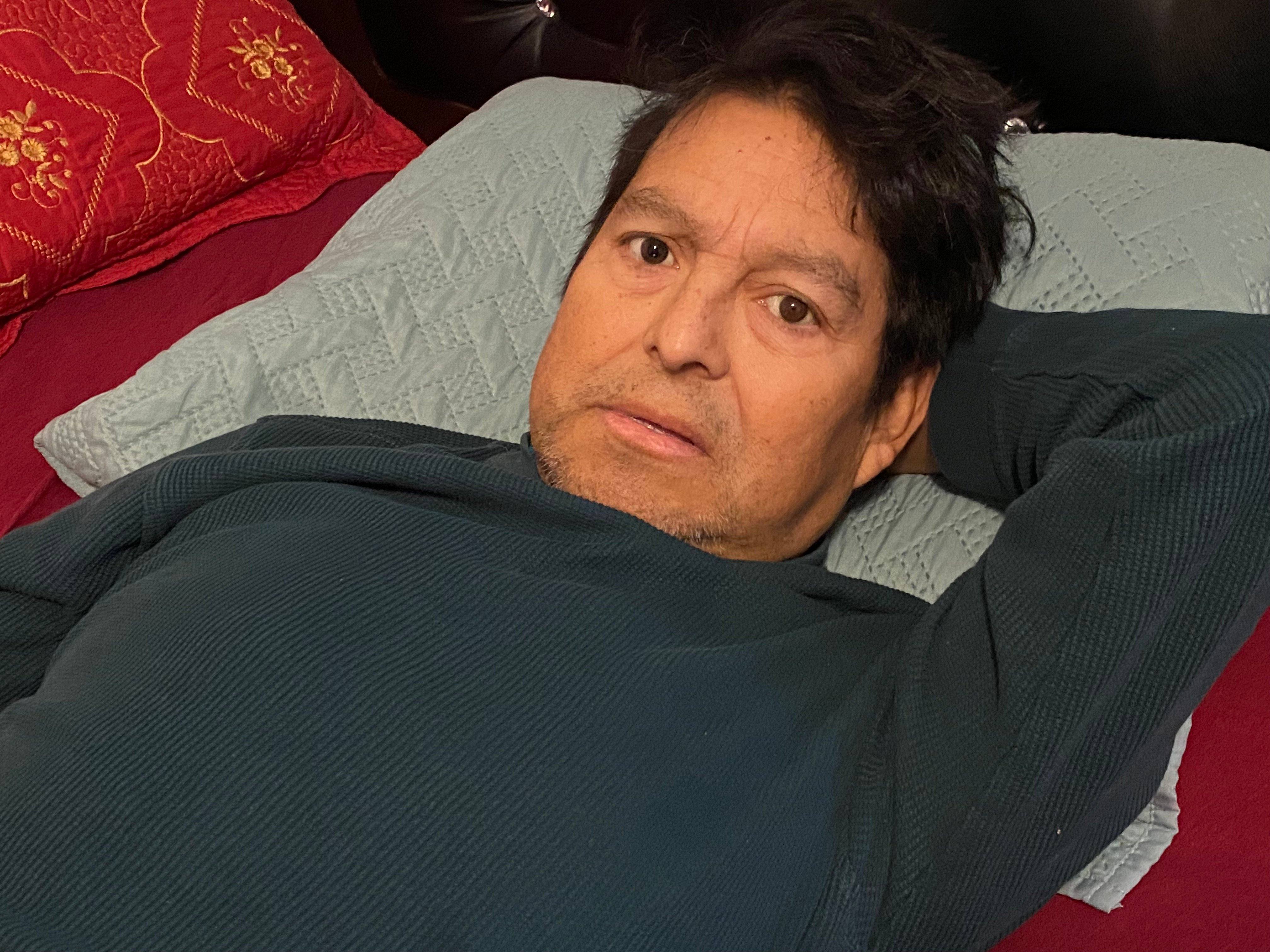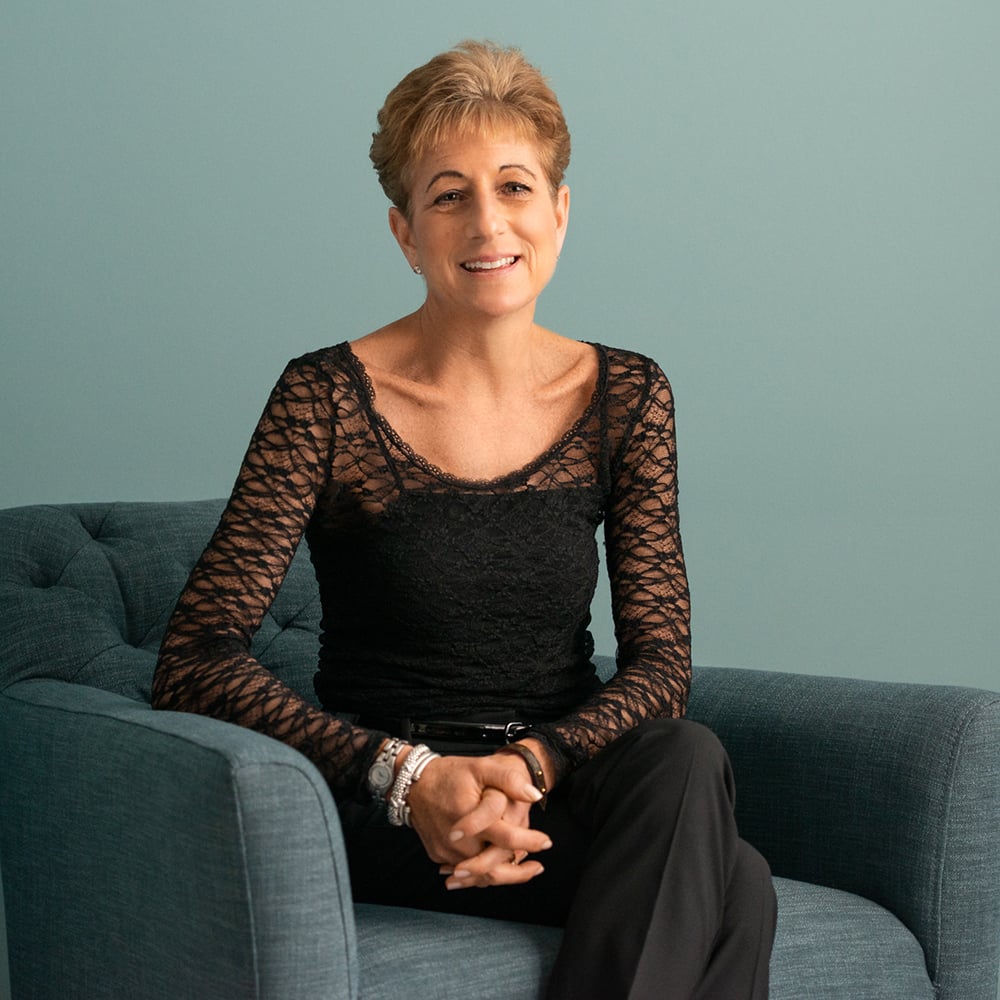Judy shared her story in June of 2019.
My sister Eliana died on January 31, 2019. She had weird stomach pains in early October of 2018, off-the-charts liver function tests , and a mass identified in her pancreas on ultrasound. A biopsy revealed she had three weeks to live.
In addition to all the chaos that comes with such a life-changing prognosis – long telephone conversations, followed by family members flying in to visit and care take, meetings with doctors, lawyers, hospice nurses, banks, DMV, and on and on – there was that big open question – should she avail herself of the medical aid-in-dying option now legal in her own home state of Colorado?
I have been a long-time member of Compassion & Choices and a staunch aid-in-dying advocate. But when it came to my own sister, my knees went weak. Should I bring it up? Should I tell her it exists – in case she doesn’t know and wants to have it as a back-up plan?
Luckily, I was off the hook. She brought it up herself. She asked the hospice nurse, who directed us to her Kaiser Permanente physician, who told the Kaiser Permanente End-of-Life Program nurse, who called us to convey the rules. In the end, it wasn’t as onerous as it all seemed initially.
Eliana jumped through all the figurative hoops and one day, when I was back home in California, a package arrived on Eliana’s doorstep. My eldest sister, Davia, who was caretaking at the time, and Eliana placed the package, which contained her aid-in-dying medication, in the bathroom and shied away from opening it for several weeks.
Eliana’s three weeks stretched further than any of us imagined. Now it seems short – she lived three months and not three weeks. In the middle of it, it sometimes seemed an eternity. She was anxious to have her suffering cease. We were anxious about our own stamina. How long could we continue this level of love and attention? How long could we be away from home, family, jobs, and of course, my vegetable garden?
At the end of December, when Davia was struggling to keep her best side afloat, feeling frustrated and overwhelmed by caretaking, and Eliana was complaining about her uncontrolled symptoms and lack of motivation to engage in life, Davia reminded her of the unopened package. Was now a good time to peek inside? They checked weather forecasts for the proposed funeral date and schedules of rabbis for officiating, as well as family member schedules for traveling to Eliana’s home in Boulder, Colorado.
Friday, January 4th, they thought might just be the right day. Eliana wavered, uncertain. She could still talk and walk and eat and even get outside periodically. It seemed strange to consider. But maybe with time, the strangeness of it all might normalize. We four sisters convened by telephone – Jan and myself at our respective homes in California with Eliana and Davia together in Boulder.
Eliana presented the case – though we could all hear the ambivalence in her voice. We were all perplexed. How do you make such a decision? How do you know when it is the right time? We bounced around, none of us sure how to steer such a delicate conversation. Does she want this? Is she afraid of the burden she’s placing on us? “By all means, don’t do it out of fear of inconveniencing us” – was the sentiment echoed by all three of us. As tricky as conversations can go, this was one of the trickiest I have ever participated in. I, or someone – I can’t recall – resorted to my failsafe approach. If we don’t know right now, we should let it sit and time will offer up the answer.
Sunday, January 13th, I returned to care for Eliana. Medical aid in dying was on hold and we went back to taking things day by day. In the meantime, I had spoken with an end-of-life consultant at Compassion & Choices. I walked away from the phone conversation with one salient thought – “What is your line in the sand? How will you know when enough is enough?” I mentioned that to Eliana and it sunk in.
The next morning when I crawled into bed with Eliana – always the best time of day as she was the most alert and open to conversation – she said, I’ve decided I’m ready. She carefully articulated her list of reasons:
- First of all, I’m an insecure person and will always want support and guidance from others about my decisions.
- With that said – The good things about being alive at this point are the nice conversations with friends and family and walks outdoors.
- Now I can barely stay awake to finish a sentence and I lose my train of thought mid-way, so I can no longer enjoy those conversations.
- Since my bowel movements are completely uncontrolled and unpredictable, I can’t go outside and enjoy the outdoors.
- And, finally, I know you all love me and are willing to be inconvenienced by taking care of me, but I want to give you a gift and let you go back home and be with your families and resume your lives.
“I’m ready to let go and move on.”
I was a little shaken, but also touched. She had figured out her line in the sand... and she had crossed it.
The next hours and days were a flurry of activity – bringing my sisters back to Colorado, scheduling the nieces, nephews, and in-laws to come for the funeral, and making sure the rabbi was back from her trip to Mexico.
I was a bundle of anxiety. Would it work? Would she have pain? If yes, could we or hospice control it? Could she swallow the three ounces of liquid in the two minutes required?
Thursday morning came – the day. Davia dressed Eliana in purple and green, her favorite colors – adorned by a beautiful scarf and a hand-made garland of silk flowers. We arranged the room as she had requested – the overhead fan thoroughly dusted, bouquets of live flowers, and soft light from an array of burning candles. Jan asked if Eliana was sure she wanted to continue down this path – she had the right to change her mind. With a quite certain “yes” from Eliana, I handed her the anti-nausea meds to take an hour prior. Sisters, nieces and her good friend all sat around her. We read one of her stories she had written about our father’s 75th birthday – all the sisters chuckling at the memories.
My niece and sister added the apple juice to the bottle filled with the medication and then poured the concoction into Eliana’s favorite yellow mug. With the metal straw, she took a big sip. Her lips puckered and her face scrunched up, resembling a toddler forced to endure a distasteful medicine. Someone reminded her to breathe and her audible last breath was heard. She sucked up the remaining fluid and quickly closed her eyes in sleep.
We all sat alert, wondering, and waiting. Within minutes, we heard a crackle in her lungs and shortly after, her eyes traveled back into her head. While we tried to feel for pulses and breathing and heart beats, the six of us cuddled with her, singing songs – first some Jewish melodies, then camp songs that only the older generation recalled, and finally gave it our best with a few tried and true ‘60s songs. She probably died within those first 10 minutes, but as none of us were medical professionals, we kept checking and checking for a life force that had already left her. When the hospice nurse came an hour later, she confirmed that Eliana was no longer with us.
Her choice, her timing, her way. We’re a family of pioneers. Eliana continued this tradition in death. We were all able to be with her. She felt no pain. It was beautiful.
I now talk to people about our experience in hopes that I can help normalize this option. One of the challenges was having no frame of reference. We didn’t know anyone who had a loved one access medical aid in dying so there was no one to ask advice on how to navigate conversations or emotions. The best advice I can offer others is to talk about it. It’s going to be a hard conversation. Don’t expect it to be easy. All four of us were very open and close, and this was difficult for us.
We’re really happy to have had the opportunity to have it planned so we could all be there and it could be so comforting for Eliana.






